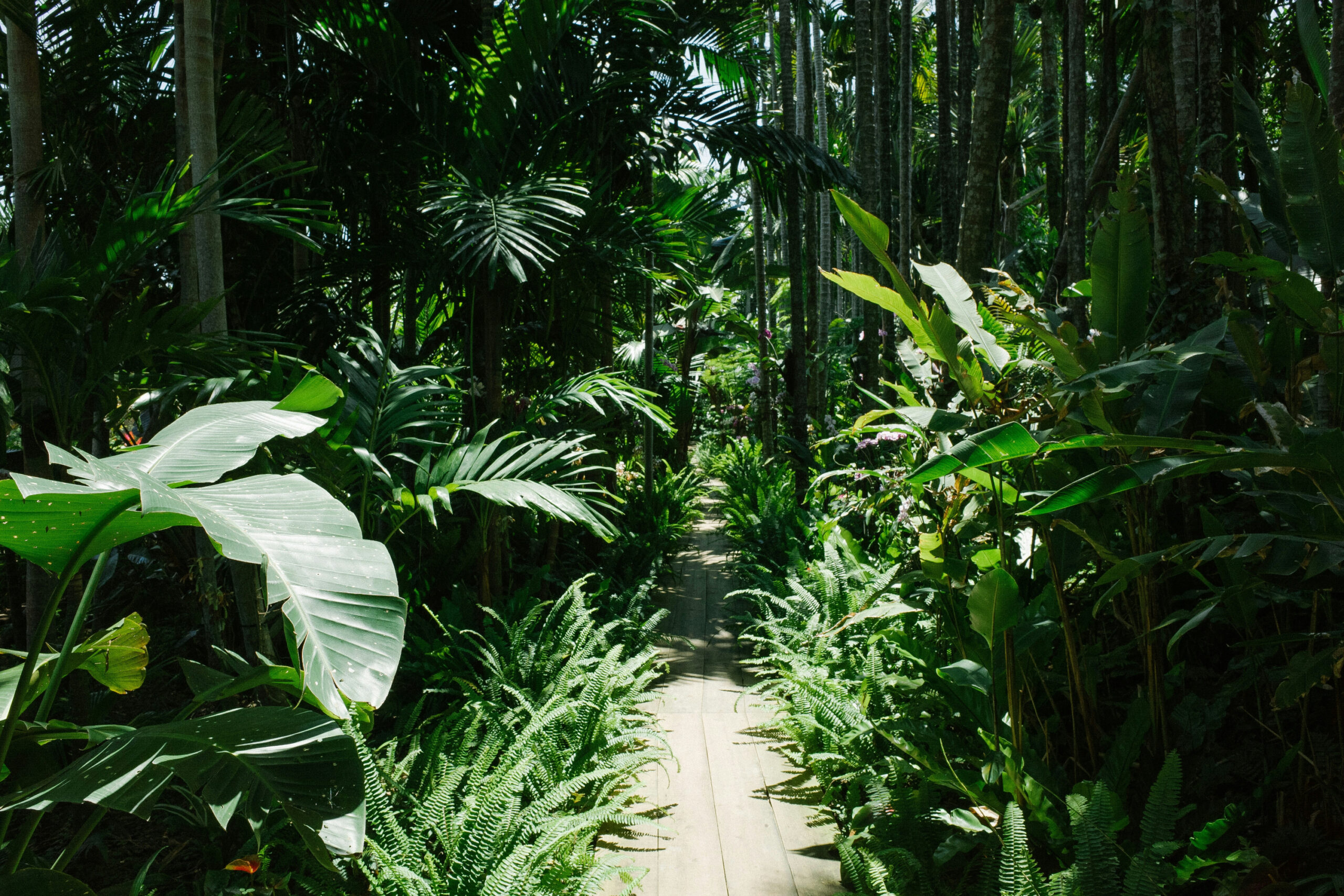Researchers in the Klingler College of Arts and Sciences are for the first time able to explain how species diversity is maintained and how species coexist in high-diversity ecosystems, such as tropical forests. In addition, they were able to resolve the problem of explaining how rare species, which constitute the majority species in high-diversity ecosystems, are maintained and are not pushed to extinction.
Dr. David DeFelippis, a postdoctoral researcher at Marquette, working with Dr. Stefan Schnitzer, Mellon Distinguished Professor of Biological Sciences, and Dr. Joseph LaManna, assistant professor of biological sciences, published the findings in Nature: Ecology and Evolution. The paper is the culmination of research on the population dynamics of 86 tropical plant species and more than 117,000 individuals over 10 years.
Explaining the maintenance of species diversity and whether the species in ecosystems coexist stably are central questions in the field of ecology. Previous studies have examined how species respond to various factors in the ecosystem, but few if any studies were able to test whether species populations could coexist using long-term demographic patterns. In the current study, DeFelippis, Schnitzer and LaManna were able to show that the populations of 86 plant species (using long-term dynamics of over 117,000 individuals) coexisted stably in a Panamanian tropical forest over 10 years, thus maintaining community-level plant diversity.
“Tropical forests are extremely chaotic and dynamic ecosystems; this study shows that tropical forests follow clear rules that allow them to coexist and maintain their diversity,” Schnitzer said. “We found compelling evidence that tropical forest species coexist, and their diversity is maintained because each population of species is limited in their ability to expand and displace other populations. Furthermore, rare species have even less probability of expanding because the controls that maintain them at low abundance are particularly strong.”
The paper also notes that tropical forest plant diversity is maintained by negative frequency dependent processes, which likely apply to other ecosystems. The abundance of rare species, which are the vast majority of the community, is more strictly controlled than more common species, which “locks them into the community” and allows them to resist uprooting or being destroyed.



